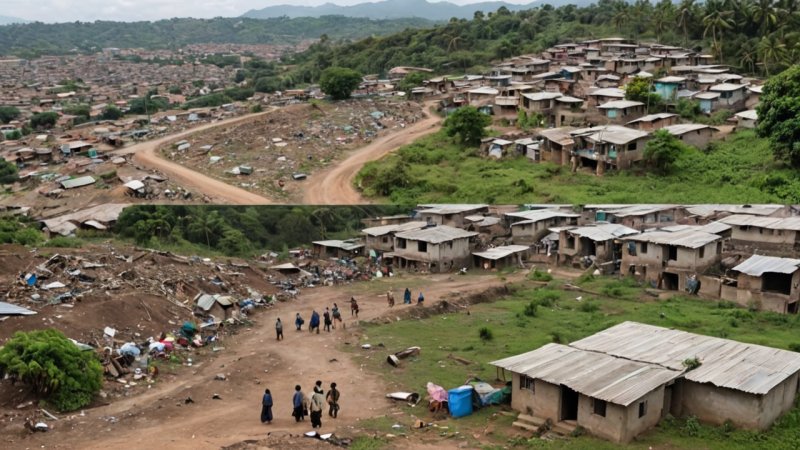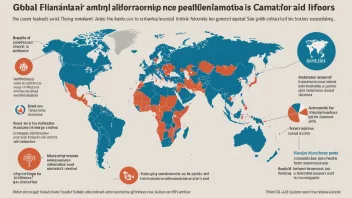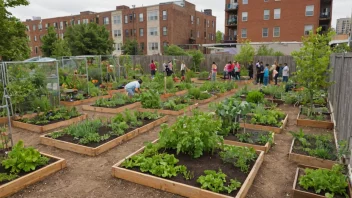The relationship between poverty and environmental degradation is complex and multifaceted, impacting millions of lives around the globe. On one hand, poverty can lead to environmental degradation as individuals and communities resort to unsustainable practices for survival. On the other hand, environmental degradation can exacerbate poverty by diminishing resources and livelihoods. This article aims to explore and compare these two interrelated issues, highlighting their pros and cons, differences, and the implications for humanitarian aid and social justice.
Understanding Poverty
Poverty is often defined as the state of having insufficient financial resources to meet basic life necessities such as food, shelter, and healthcare. It can be absolute, where individuals lack the means to secure their basic needs, or relative, where individuals have less access to resources than others in their society.
Pros and Cons of Poverty
- Pros: Some argue that poverty can foster resilience and community solidarity, as individuals often come together to support one another in times of need.
- Cons: Poverty is linked to various negative outcomes, including poor health, limited access to education, and social exclusion, which can perpetuate a cycle of deprivation.
Understanding Environmental Degradation
Environmental degradation refers to the deterioration of the natural environment through the depletion of resources, pollution, and loss of biodiversity. It is often driven by human activities such as deforestation, industrialization, and unsustainable agricultural practices.
Pros and Cons of Environmental Degradation
- Pros: Some industries may benefit economically in the short term from exploiting natural resources, leading to job creation and economic growth.
- Cons: The long-term consequences of environmental degradation include climate change, loss of habitat, and health risks, which ultimately undermine economic stability and quality of life.
Comparative Analysis of Poverty and Environmental Degradation
Interconnection and Impact
While poverty and environmental degradation are distinct issues, they are intricately linked. Individuals living in poverty often depend on natural resources for their livelihoods. When these resources are depleted or degraded, it exacerbates their economic struggles, leading to a vicious cycle of poverty and environmental harm.
Effects on Health and Wellbeing
Poverty can lead to poor health outcomes due to limited access to healthcare, inadequate nutrition, and unsafe living conditions. Similarly, environmental degradation poses significant health risks, including exposure to pollutants and reduced access to clean water. The intersection of these two factors creates a compounded effect, where impoverished communities bear the brunt of environmental crises.
Education and Awareness
Education is a critical component in addressing both poverty and environmental degradation. Communities with higher levels of education are often better equipped to adopt sustainable practices and advocate for their rights. Conversely, lack of education can perpetuate harmful practices that lead to environmental degradation.
Strategies for Mitigation
Addressing the dual challenges of poverty and environmental degradation requires integrated solutions. Initiatives that promote sustainable development, such as community-based resource management and education programs, can empower impoverished communities while protecting the environment. Additionally, policies that address social justice and provide support for vulnerable populations are essential for creating lasting change.
Conclusion
The comparison between poverty and environmental degradation reveals a complex web of interdependencies that must be addressed holistically. While poverty can drive environmental harm, environmental degradation can further entrench poverty, creating a cycle that is difficult to break. To foster social justice and improve health and wellbeing, it is vital for humanitarian aid organizations, policymakers, and communities to work together toward integrated solutions that address both issues simultaneously. By doing so, we can create a more equitable and sustainable future for all.






